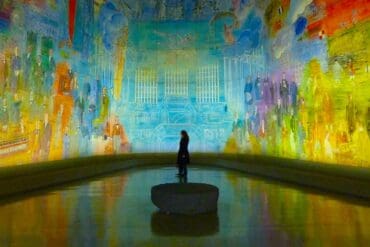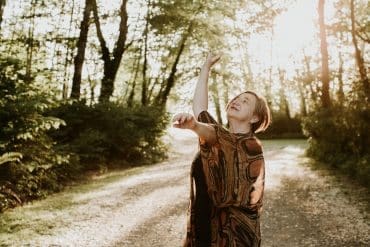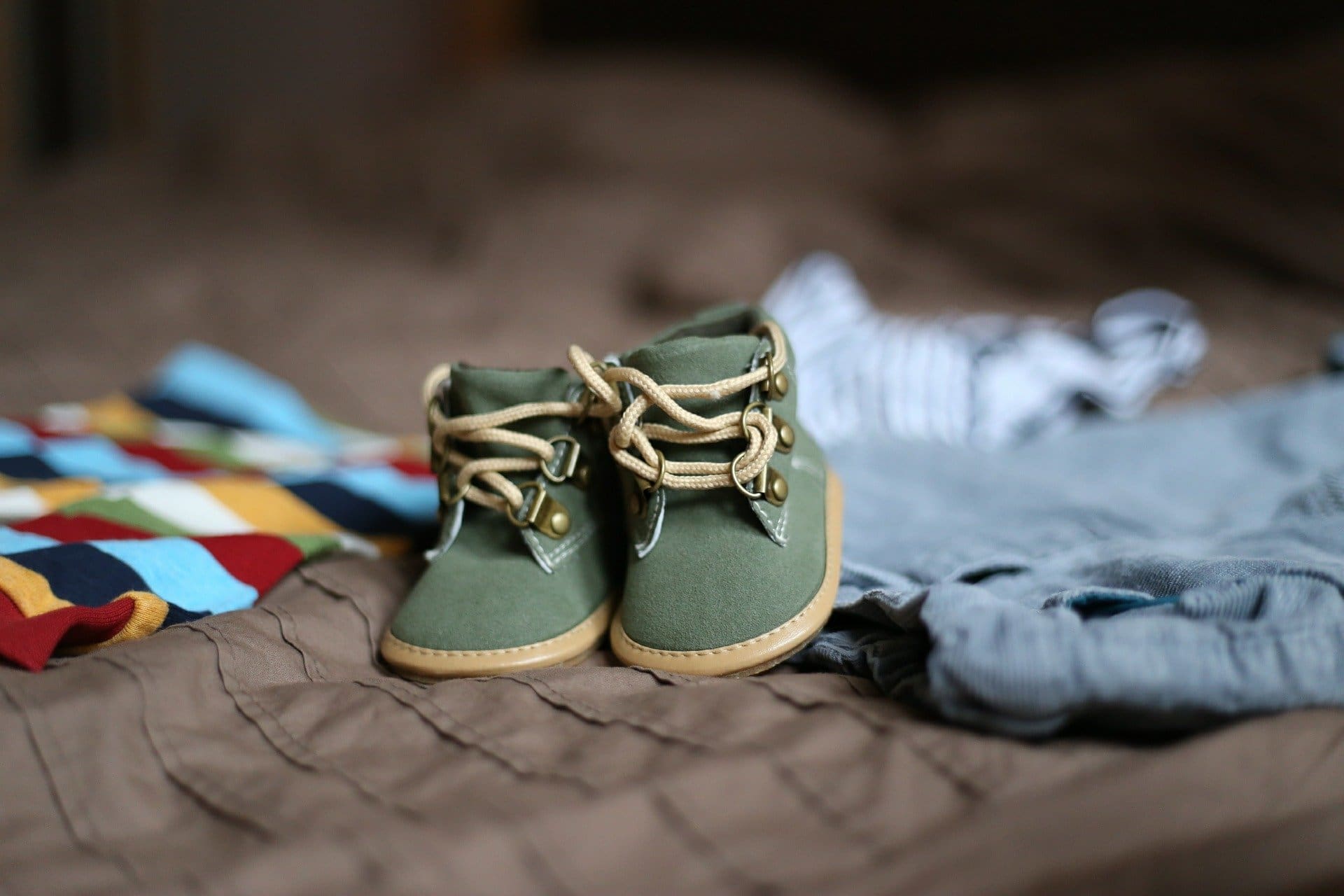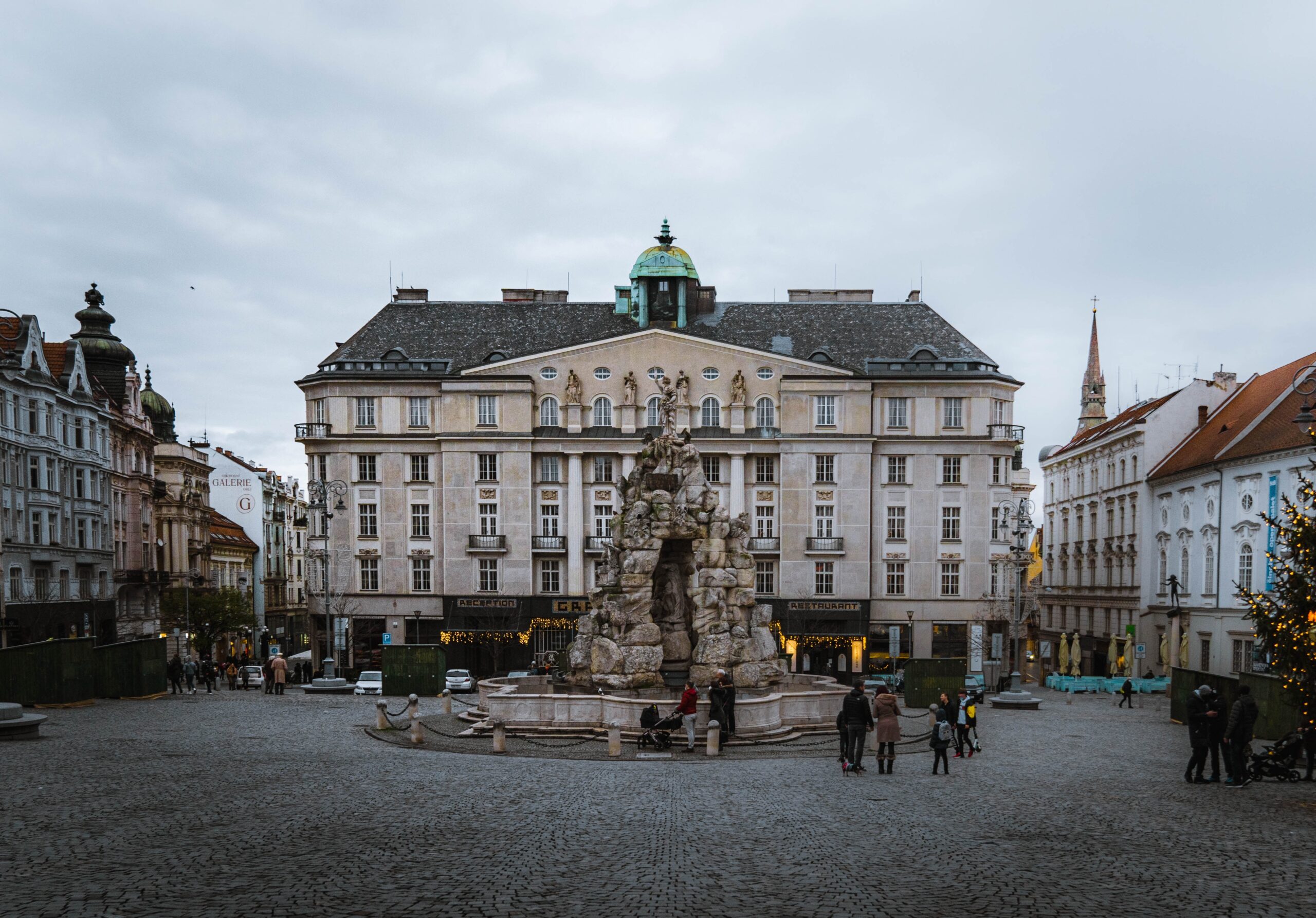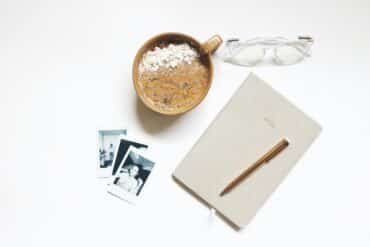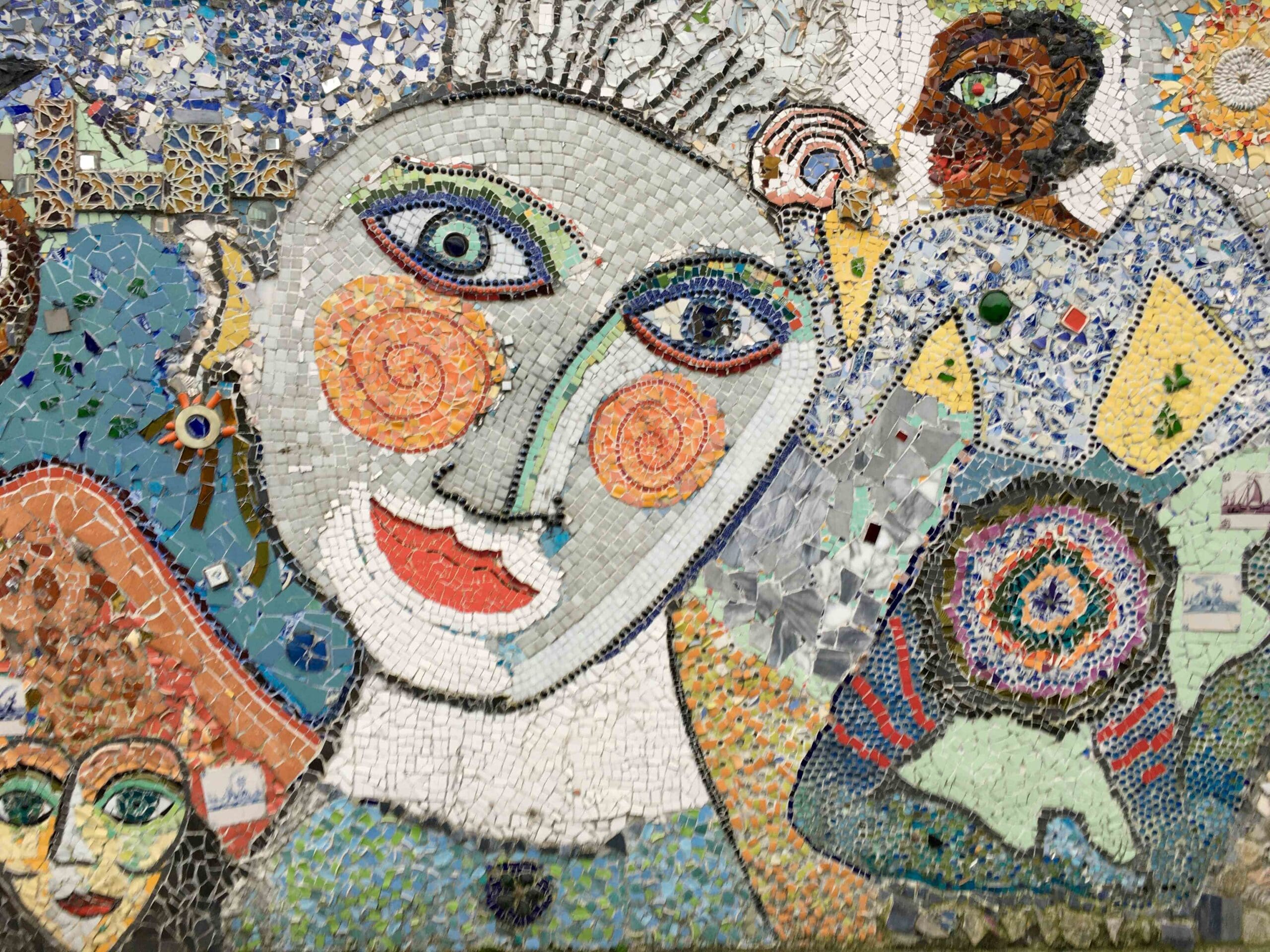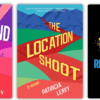With Big Plans and Best Intentions: Uncovering Hidden Tesserae
Author’s Memo
With Big Plans and Best Intentions: Uncovering Hidden Tesserae is part of a series written about a two-year community arts fellowship I had with a Baltimore City public middle school and surrounding communities to demonstrate the power of art for community organizing. Tesserae are small blocks of stone, tile, glass, or other material used in the construction of a mosaic. In Ancient Rome tesserae were also used for a great variety of purposes such as dice, tickets, tokens, and as form of identification (Merriam-Webster, n.d.). Tesserae in this context are the small stories combined together that helped me begin to understand what it meant to be an art educator, a White teacher in a school that has a 90% Black population, a cultural worker, a community member, and a researcher.
For quite a few years now, I have read this story to our preservice art teachers on the day before winter break, the last day before they begin their final semester which is a full-time internship in schools. Sometimes I ask them to parse out my philosophy of teaching. We talk about the importance of building relationships, taking an assets approach and the funds of knowledge students and families bring (Gonzalez et al., 2005), about the necessity for do-overs and building trust over time and we often talk about the opportunity gap (Milner, 2015) advocating for art for all students and art as an essential human right (United Nations,1948).
‘Tesserae… helped me begin to understand what it meant to be an art educator, a White teacher in a school that has a 90% Black population, a cultural worker, a community member, and a researcher.
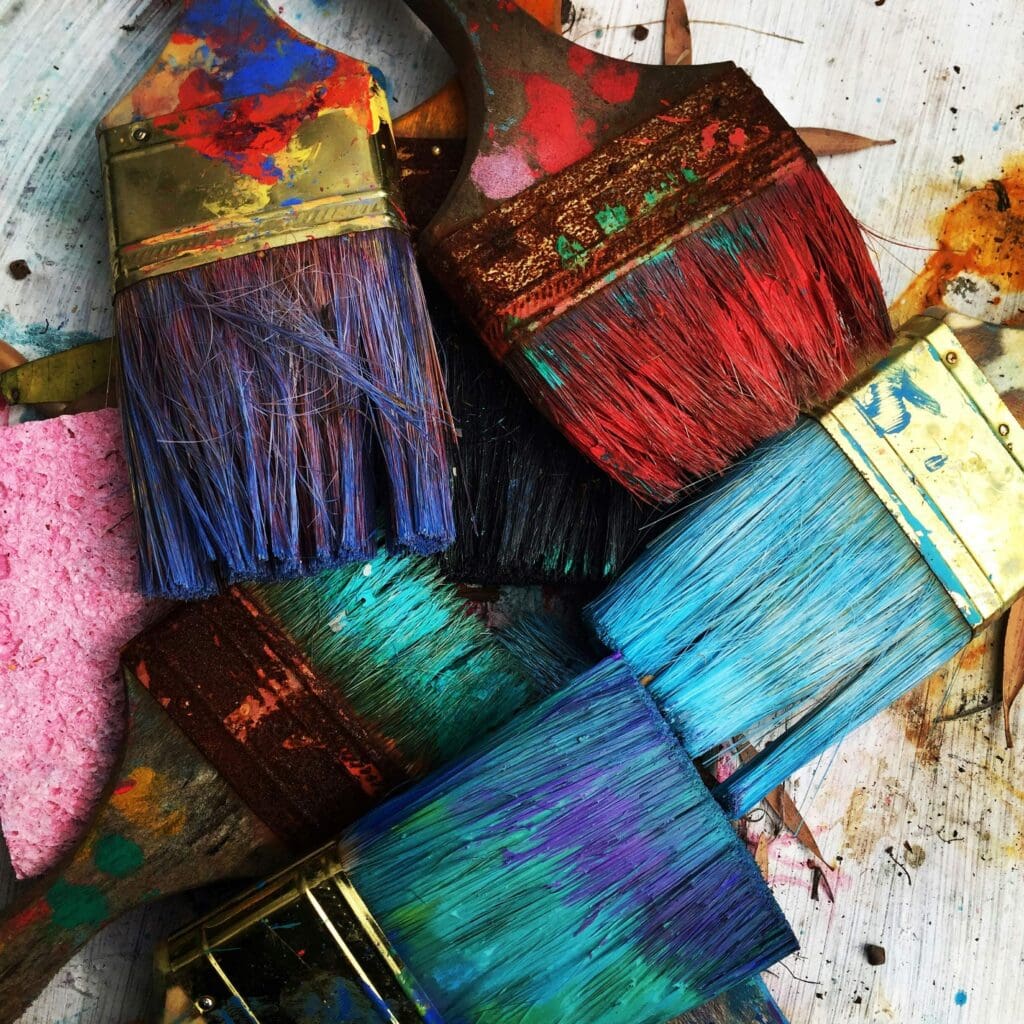
The heavy plywood came crashing down, the grout cracked and all the brick pieces that were painstakingly made individually out of terracotta clay fell off the wood and on to the linoleum floor in the art room. Shattered, Michael bolted from the room.
Just a few minutes before, I was overwhelmed with enthusiasm and joy seeing Michael’s finished mosaic. He had worked on it for a good three months in an after-school program I was teaching. We started out by studying the history and architecture of our neighborhood in Baltimore called Waverly. The neighborhood is a beautiful mix of traditional Baltimore row houses with marble steps and small wood row house Victorians. We drew on site and took photos for source material. Each middle school youth involved made an individual house mosaic of their actual home or designed their dream home for the neighborhood. Most made detailed doors and windows out of clay and then filled the rest with broken commercial tile. The results were amazing. They looked like Romare Bearden’s collages made from shaped clay pieces and tile tesserae.
I had big plans to display them all together as a large horizontal mosaic mural in the school and then give them back at the end of the school year. We finished the afternoon before winter break and my students begged me to let them take them home in time for Christmas gifts. Every few minutes another student would pop his or her head into the room to catch another glimpse of the magnificent work and just say, “PLEASE”. I acquiesced. They could take their mosaics home after the school-wide winter feast.
‘I had big plans, to display them all together as a large horizontal mosaic mural in the school and then give them back at the end of the school year.
Before I arrived, the school didn’t have an art teacher, and for some students it was the first time they ever had art, one of my new stepsons Mischa included. Mischa, who has now graduated from college never had an art class in all his years in the public schools in Baltimore. I am going to say that again. My son never had an art class in the Baltimore City Public Schools. We overlapped for one year at the Stadium School and he decided not to take art because I was going to marry his father and he hated me for it.
Mischa is brilliant, a wordsmith, and I feel quite sure that he will be editing this story for me. Even so, there is a little bit of something missing or some lack of flexibility in his thinking that I can’t quite pinpoint. Maybe I am biased, but I can’t help thinking that he is not quite as brilliant as he could be, or would be, if he had just one good art class.
I took one photo with Michael smiling holding his house mosaic. I snapped another near the window with a pile of desks in the background and then I spotted the large piece of plain white paper covering the blackboard. There was a narrow ledge that would be perfect for setting Michael’s low relief mosaic almost vertical for the perfect photo. I looked in Michael’s eyes and he looked skeptical. The mosaic was very heavy, and physics has never been my strong suit.
‘Mischa is brilliant, a wordsmith, and I feel quite sure that he will be editing this story for me. Even so, there is a little bit of something missing or some lack of flexibility in his thinking that I can’t quite pinpoint.
I ran after Michael, but he disappeared. When I returned to the room, I assessed the damage. I knew that I could fix it with some of the unused tiles Michael had made, but it would take time. Art conservation is one of my hidden talents. I can fix almost anything, probably because I have broken or damaged so many things throughout the years.
You see, a few months before, MichaeI had lost his father unexpectedly in a car crash and he desperately wanted to give the mosaic to his mother for Christmas. His mother thanked me on numerous occasions in the past few months. She said that the solace Michael found in the art room had made his loss a little more bearable.
And then it occurred to me. If I could create a shared story that we both constructed, then he would forgive me, and it would all work out. All classes were cancelled because of the winter feast, so I spent the next hour or so trying to get him into the art room to talk with me.
When he finally agreed, I started this way: “I am going to tell you a Christmas story, but I am not sure how it ends. There was once a young man who created a beautiful gift for his mom with his hands and heart. Unfortunately, just as he was going to give it to her an insensitive evil ogre destroyed it. ”
Michael interjected, “An art teacher.”
“A fairy or maybe St Nicholas takes pity on the young man and magically repairs it so that it is as good as new.”
Michael interjected, “Santa Claus.”
“The family goes to bed on Christmas Eve and the next morning it unexpectedly appears on the doorstep of their home.”
Michael interjected, “It has a big red bow.”
“Let’s do it Michael. Think of how surprised your mom would be if on Christmas morning a mosaic wrapped with a big red bow is left on your doorstep. Michael, I’ll ring the bell at 9:30 and then disappear.”
I knew that I had captured his imagination. With a little coaxing he bought into it and my careful painstaking work was cut out for me. The winter break started a little late that year. On the 24th, I spent the entire day cleaning off every single piece of tesserae and gluing them on the house shaped wood panel. The glue needed to dry for 24 hours before I could grout. At 4:00 on Christmas morning I woke up and grouted the mosaic. At 9:00 I attached the red ribbon, put it into the car and headed for Michael’s house. All the houses looked alike on his street, but I found the number, placed the mosaic on the porch, rang the bell and quickly got out of sight.
Throughout the ten-day vacation I thought about how Michael’s mother must have been surprised. I could see her face. Where did they hang the mosaic? Did they have tools to hang it? How sad they must have been without his father. When school started again, I could hardly wait to see Michael to find out how it all turned out.
When he caught sight of me his face turned dark crimson, and he turned his head immediately. He was visibly upset. “Michael, what happened?” He quickly walked away. A lot of stories ran through my head. Had the mosaic fallen off the wall because it was too heavy? Did I do a good enough job putting it back together? Did his mother make enough fuss about it? Had something else really horrible happened to his family?
‘When he caught sight of me his face turned dark crimson, and he turned his head immediately.
It took the entire day but finally his best friend Chris came into the art room to tell me, “You didn’t drop off the mosaic, Miss Diane, like you promised and Michael is really angry.” “WHAT! I did drop it off.” Had someone stolen it off the porch on Christmas morning?
That afternoon, I went to his house to talk to Michael and his mother. As I was just about to ring the bell Michael’s mother spotted me through the window and opened a door just beside where I was standing to let me in. The duplexes were designed so that the front doors of each separate dwelling were placed side by side. In part, because of my excitement and in part because I was tired, I inadvertently rang the wrong bell on Christmas morning.
We knocked on their neighbors’ door together and someone was home. I was really worried; the neighbor lady didn’t look like she knew what I was talking about and then Michael started to describe his creation. A look of recognition appeared first in her eyes and then spread to her smiling face. She went into another room to get the mosaic. She didn’t know what it was or where it came from but kept it because it was so beautiful.
Michael, his mother Michelle, and I went inside to sit on their couch and talk. I apologized for disappointing him. Michelle said: “Michael, you know that Miss Diane would never do anything intentionally to hurt you.” Michael said: “It’s ok Miss Diane.” Michelle then said: “You see, Michael has been so hurt and any new disappointment reminds him of his father.” And Michael started to sob and sob. And his mother wrapped her long brown arms around him and held him tight. I left the room.
Classroom Reflections
Our preservice teachers ask a lot of questions like “Are you allowed to serve food in school? How did you know where the student lived?” I share that my husband was one of the founders of the school and as the first teacher-director he visited every student’s home at least once but most much more often. And yes, we had a potluck feast each year with homemade food which included cooking a turkey or ham in the school cafeteria.
We talk about breaking arbitrary rules in schools. More questions… Were you positioning yourself as the White savior? The story has sparked many critical conversations about race. I share that my whiteness is always at play, but I don’t always know how (Spillane, 2015; Wilson 2019). During remote learning we focused on social emotional learning and how the Covid-19 pandemic brought existing racialized inequities in high relief as well as provided opportunities to partner with parents in different ways (Kraehe, 2020).
We bring our own readings of stories, focused on what resonates for us at the moment and co-construct meaning. We have the conversations we need to have before we send them out. Writing, I remember this year, I broke with tradition and kept my students with edTPA preparation(a stressful performance assessment newly required to graduate) and ran out of time for the ritual. I sob. How in the hell, I wonder, are we going to fix this?
REFERENCES
González, N., Moll, L. C., & Amanti, C. (2005). Funds of knowledge : theorizing practices in households, communities, and classrooms. L. Erlbaum Associates.
Kraehe, A. M. (2020). Dreading, pivoting, and arting: The future of art curriculum in a post-pandemic world. Art Education, 73(4), 4-7.
Merriam-Webster. (n.d.). Tesserae. In Merriam-Webster.com dictionary. Retrieved March 16, 2023, from https://www.merriam-webster.com/dictionary/tessera
Milner, H., R. (2012). Beyond a Test Score: Explaining Opportunity Gaps in Educational Practice. Journal of Black Studies, 43(6), 693–718.
United Nations. (1948). Universal Declaration of Human Rights.
Wilson, G. J. (2019). “Pre-service Art Education: Examining Constructions of Whiteness in/through Visual Culture”, Journal of Cultural Research in Art Education. 36(1). https://doi.org/10.2458/jcrae.4942
Spillane, S.(2015).The Failure of Whiteness in Art Education: A Personal Narrative Informed by Critical Race Theory. The Journal of Social Theory in Art Education 35. 57-68.
Credits
Featured image by Giulia May for Unsplash
Image by By Rhondak Native Florida Folk Artist for Unsplash
Learn More
New to autoethnography? Visit What Is Autoethnography? How Can I Learn More? to learn about autoethnographic writing and expressive arts. Interested in contributing? Then, view our editorial board’s What Do Editors Look for When Reviewing Evocative Autoethnographic Work?. Accordingly, check out our Submissions page. View Our Team in order to learn about our editorial board. Please see our Work with Us page to learn about volunteering at The AutoEthnographer. Visit Scholarships to learn about our annual student scholarship competition.
Diane Kuthy has organized curricular, social, and artistic adventures for educators in museum, virtual, community, and school contexts for the past thirty years. Diane is currently an assistant professor and Coordinator of Art Education at Towson University in Maryland. Her research incorporates arts-based, collaborative, and anti-racist approaches to critically understand the role of visual and material culture in creating, maintaining, and resisting white supremacy. Diane's research has been published in the Art Education Journal, the Journal of Curriculum and Pedagogy and the Journal of Cultural Research in Art Education. She is a recipient of an Open Society Institute Community Fellowship and two Maryland State Arts Council Individual Artist Awards. Diane received her PhD from the Language, Literacy and Culture program at the University of Maryland in Baltimore County and her MFA from the Mount Royal School of Art at the Maryland Institute College of Art.


